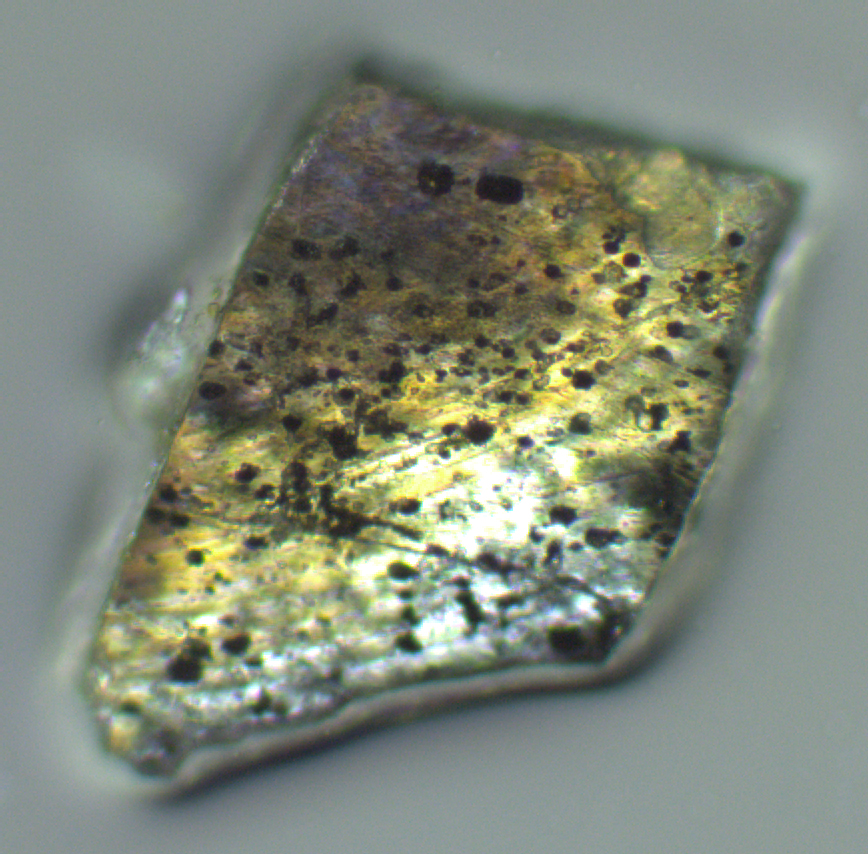A new class of carbon materials, found in natural and laboratory-shocked samples, combines the superhard qualities of diamond with improved fracture resistance and increased plasticity.
Diamond is the hardest single substance known. Its strong covalent bonds that point towards the corners of a tetrahedron give it not only extremely high compressive resistance but also tensile strength. However, although it is predicted to experience over 40% longitudinal strain under tensile stresses ranging up to 220 GPa before breaking, real materials fracture at much lower stress-strain values because of multiple structural defects. These also cause diamond to be brittle and shatter upon impact, thus limiting its use for applications requiring an ability to adjust its shape in response to applied stress and to absorb mechanical shock.
Now an international team of scientists from the Research Centre for Natural Sciences (Hungary), University College London (UK), University of Bath (UK), University of Pavia (Italy), Arizona State University (USA) and Centre for Energy Research (Hungary) have reported the existence of a new class of carbon materials that combine the super-hardness of diamond with the excellent flexibility of graphite or few-layered graphene. According to their paper published in the American Chemical Society journal Nano Letters (reference), the new materials that contain graphitic layers incorporated within and bonded to the tetrahedral diamond domains occur in impact diamond and laboratory-shocked samples. They are not simply mechanical mixtures of diamond and graphene, but true structural intergrowths at the nanoscale having well-defined bonding interfaces between the two types of carbon regions. The authors refer to these diamond-graphene nanocomposites as “diaphites” to illustrate the intimately bonded diamond and graphitic units that make up the structure. This term has previously been introduced to describe 2D nanolayered materials produced by laser irradiation of graphene surfaces.
We demonstrate, through a multi-methodological approach, that these nanostructures exist within extended 3D materials and that they form two related but distinct structural families depending on the angle of the bonds formed between the graphitic and diamond domains
̶ says Péter Németh.
The study was initiated by a careful mineralogical investigation and sample selections of impact diamonds and laboratory-shocked grains performed by Laurence A.J. Garvie from the Center for Meteorite Studies at ASU and Adrian P. Jones from UCL. The samples were first analyzed by X-ray diffraction, the classical method for examining impact diamonds. Working with a microdiffraction instrument in Pavia, Mara Murri and Matteo Alvaro obtained X-ray patterns for diaphite samples and sent the data for analysis to Rachael Smith and Christoph Salzmann in London, who had developed a new protocol for quantifying the proportion of cubic versus hexagonally stacked diamond layers in impact diamond.
Establishing the presence of the planar graphitic layers that define the diaphite materials remained elusive by the X-ray technique that examined the average structure of the bulk sample. The same was true for Raman light scattering spectroscopy that is a second main technique used to examine shocked diamonds
̶ says Christoph Salzmann.
The samples were then subjected to detailed nanostructural analysis using the ultra-high resolution aberration-corrected transmission electron microscopes at ASU in Tempe, in the Royal School of Mines at Imperial College London and at the Centre for Energy Research in Budapest by Péter Németh, Laurence A.J. Garvie and Béla Pécz. Analysis of the electron beam images revealed that portions of the samples consisted of two orientationally dependent interlayered diamond and graphene components, corresponding to the two types of diaphite. In order to understand the detailed structure of these remarkable nanosized regions, Kit McColl and Furio Corà from University College London generated families of structural models and calculated their relative energetics by advanced electronic structure methods using density functional theory. Their calculations revealed a close correspondence to the interface between the diamond and graphitic regions observed experimentally by TEM investigation, and provided firm evidence for the existence of both types of diaphite nanostructures (Figure 1). They then investigated the predicted mechanical properties of the novel materials.

Diaphite containing impact diamond from the Popigai crater (image width is 0.25 mm). Photo credit to Mara Murri.
Diaphites exist at relatively low energy and are competitive with graphite and diamond, i.e., they are readily achievable by laboratory scale methods and they are expected to be kinetically stable. Diaphites are therefore candidates for obtaining metastable carbon materials formed by static or dynamic compression that are recoverable to ambient conditions
̶ says Kit McColl.
The new data have allowed the team not only to describe two new families of nanostructured carbon phases that combine both 3D diamond and 2D layered graphitic units bonded together, but they provide a framework for classifying the members of this new carbon materials that are found in nature.
The new nanostructures can be encountered during the compression phase or the rarefaction wave associated with shock impact and their occurrence could aid toward understanding the formation conditions and history of meteorites
̶ says Laurence A.J. Garvie.
The diaphite nanocomposites could represent a new class of high-performance carbon materials that preserve the superhard and incompressible properties of the diamond units. We expect the inclusion of diaphite nanostructures to improve the fracture toughness of diamond materials as the energy of a propagating crack causes the sp3-bonded atoms at the graphene-diamond interface to transform into a graphitic state as the material is subjected to tensile strain. This has been termed the “mozzarella solution” by our Italian colleague Furio Corà. The diaphite nanostructures could have other useful technological properties.
In addition to the improved mechanical characteristics, the new materials likely possess all kinds of other interesting behaviour ranging from optical and electronic to thermoelectric properties
̶ says Paul McMillan.
The team agree that they are just beginning to see where these new structures might take us.
For a quick presentation, click here.
Reference
Németh P, McColl K, Murri M, Smith RL, Garvie LAJ, Alvaro M, Pécz B, Jones AP, Corà F, Salzmann CG, McMillan PF: Diamond-graphene composite nanostructures. Nano Letters, 2020, doi: 10.1021/acs.nanolett.0c00556.

